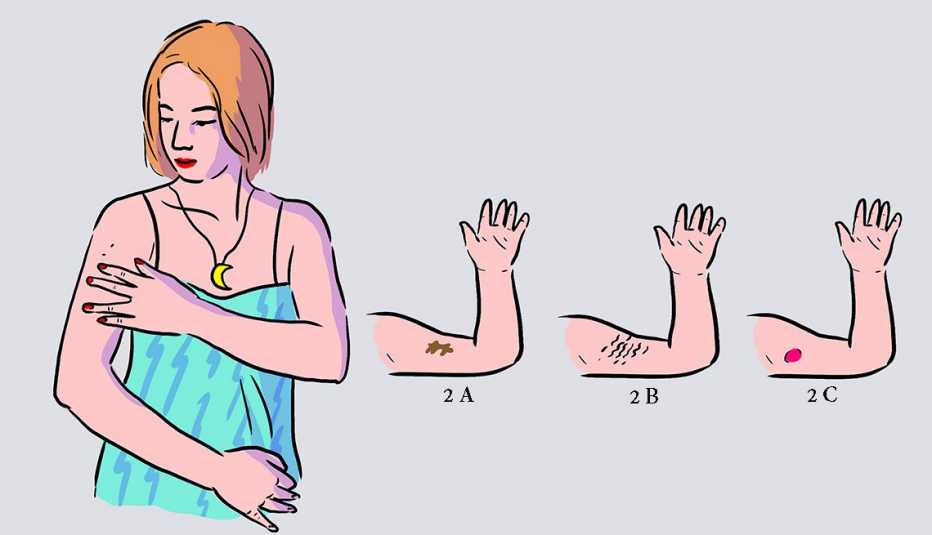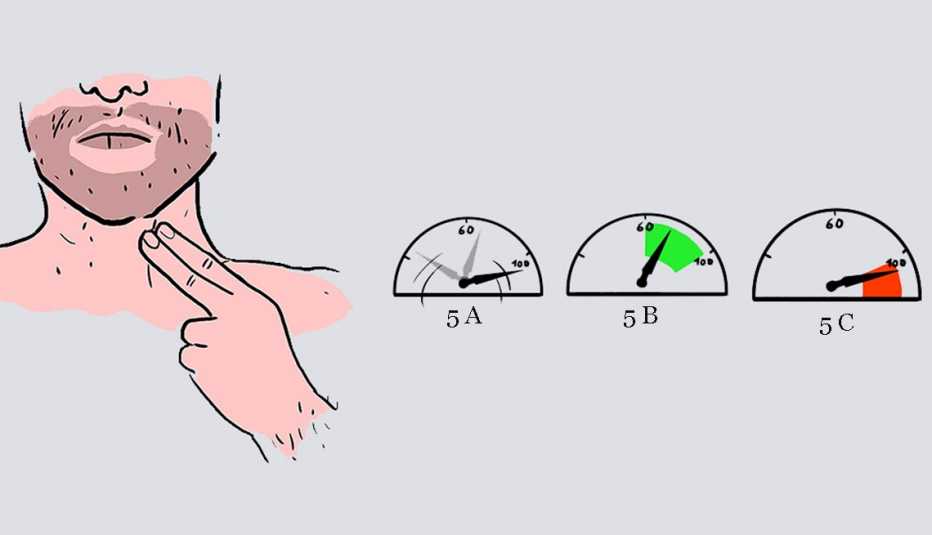Staying Fit


There’s nothing like the relief that comes when you have a trouble-free checkup. So why not give yourself one now? In between regular doctor visits, you can perform a few quick diagnostics just to see how clean your machine is running. Pass all five tests, and you can breathe a little easier about your health. Find a problem? You can nip it in the bud.
1. Eye Check
If you want to know a man’s soul, look him in the eye. If you want to know your own body, go ahead and look yourself in the eye.


AARP Membership— $12 for your first year when you sign up for Automatic Renewal
Get instant access to members-only products and hundreds of discounts, a free second membership, and a subscription to AARP the Magazine.
What you want to see:
- Firm eyelids, even lashes and no swelling or redness.
If you see:
- The red, irritated surface of the inner lid, it could be Ectropion, an age-related condition in which the lower lid droops, exposing the inner surface. It can lead to corneal damage and should be treated.
- A bump on your eyelid and missing eyelashes: A persistent bump that’s gotten bigger, darker and thicker could be cancer and needs to be looked at. With cancers, you often lose your eyelashes, too, so that’s another sign to watch for.


2. Skin Check
Run your eyes and your fingertips over your skin, and ask a family member to check your back. Make sure you use your sense of touch as well as sight.
What you want to see and feel:
- An even texture across individual body parts and no noticeable changes in your skin’s appearance. Pay particular attention to your face, ears, scalp, neck and back.




































































More on Health
How to Survive Your First Heart Attack
Take these steps to identify the symptoms and make it to the hospital in time